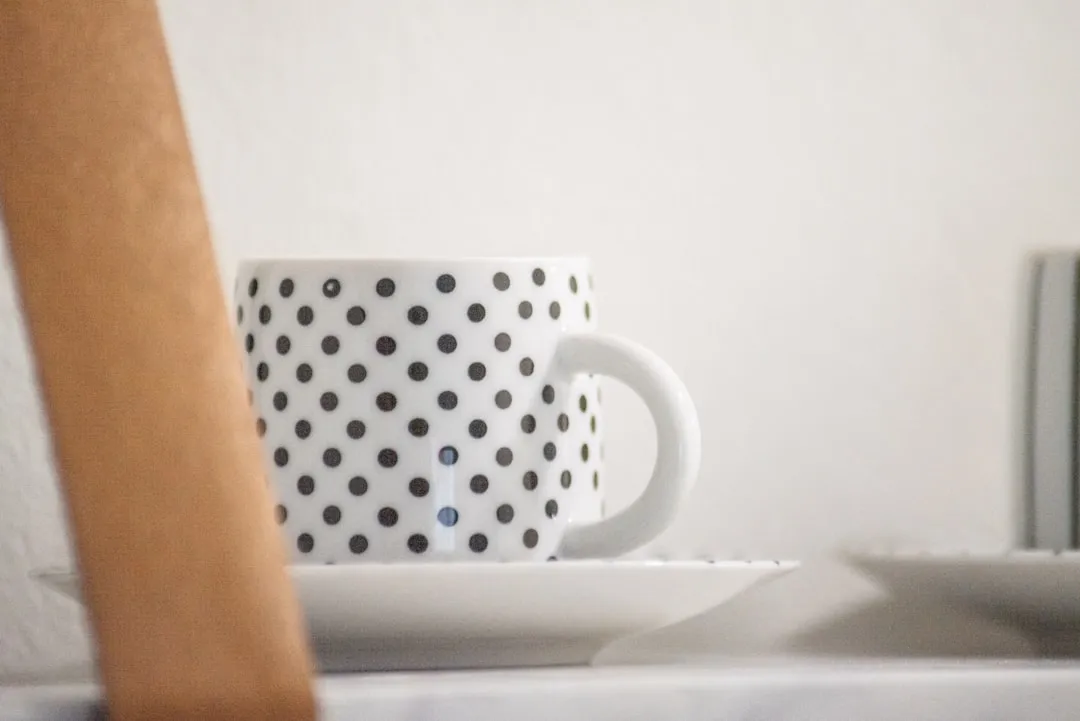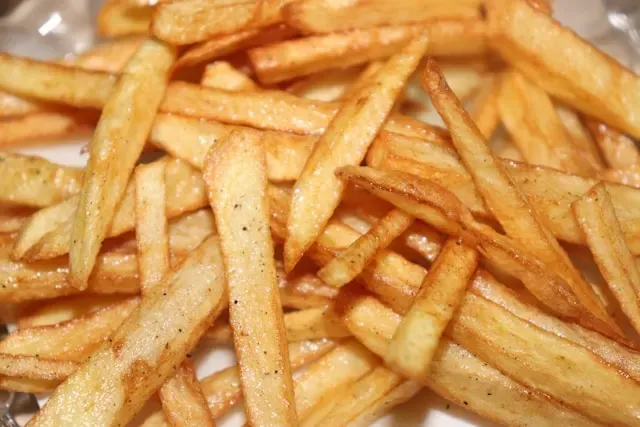A fire snake, also referred to as a black snake or sugar snake, is a classic science experiment you can do right in your own kitchen using a baking soda and sugar mixture and a fuel to ignite the reaction.
When the baking soda gets hot, it makes carbon dioxide gas. The pressure from this gas pushes the carbonate from the burning sugar out, producing the snake reminiscent of popular intumescent fireworks.
This food-based chemistry experiment is not to be confused with the carbon snake, which uses concentrated sulfuric acid instead of baking soda. In either case, don't eat the resulting snake, and only touch it once it has cooled completely.
To make your own fire snake at home like in the video above, you'll need 10 grams of baking soda (sodium bicarbonate), 40 grams of sugar, and some type of fuel and a container to house the reaction in.
You can simply add the fuel to the mixture and light it on a smooth surface, but the reaction won't be as impressive. In this case, use a ceramic bowl packed with sand. The sand is doused with lighter fluid before putting the baking soda and sugar mixture on top.

Home Science/YouTube
To begin the experiment, add your sand to your bowl, then soak the sand with lighter fluid.

Home Science/YouTube
Mix the baking soda and sugar together, then pile it onto the soaked sand surface.

Home Science/YouTube
Next, just light it with a long-stick match or long-neck lighter. Keep some water nearby just in case you need to extinguish the fire.

Home Science/YouTube
As mentioned before, when the mixture burns, the baking soda gets hot, and it decomposes to release carbon dioxide gas. A lack of oxygen in the sugar from the combustion creates carbonate and water vapor. The pressure from the CO2 gas pushes this carbonate out to form the snake, which should continue growing for 20 minutes, give or take.
- Follow Home Science on Facebook, Google+, Twitter, and YouTube
- Follow WonderHowTo on Facebook, Twitter, Pinterest, and Google+
Cover image via Home Science/YouTube

























Comments
Be the first, drop a comment!